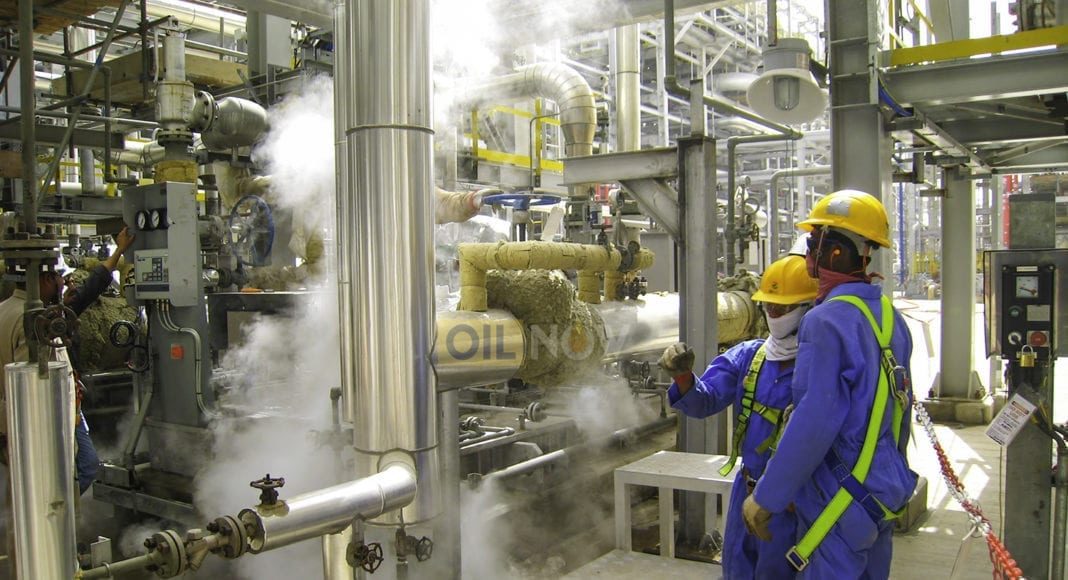Guyana’s highly anticipated 300 megawatts (MW) Gas-to-Energy power plant will start operations on November 1. During a recent parliamentary hearing, Prime Minister Mark Phillips said, “the first of November, the simple cycle will be on stream for the Gas-to-Energy project.”
The Guyana government had hoped the power plant would become operational earlier in the year, thereby bringing much needed relief to the country which has been plagued by blackouts and high energy costs. One of its main promises has been to reduce the cost of power by 50%. It is the Gas-to-Energy project that the Irfaan Ali administration says will give it the fiscal space to make this reduction a reality.
However, disputes between the government and the contractor, Lindsayca-CH4, had made the timelines uncertain. A government release on Monday said a Dispute Avoidance and Adjudication Board (DDAB) gave a ruling, but did not say what it was, citing rules of confidentiality. The government said the parties have 28 days (from February 3), to accept the ruling or refer it, wholly or in part, to arbitration.
Phillips told the Parliament that GY$36.2 billion (US$174 million) of the US$51 billion (US$245 million) allocated for the Gas-to-Energy project in the 2025 budget are earmarked for the natural gas power plant and the natural gas liquids (NGL) separation plant. The rest of the money will be spent on transmission lines and substations, a national control centre, and consultancies. The plants are being constructed in an integrated facility at Wales. The power plant will be completed first, officials have said, while the other plant will be ready in the following year.
ExxonMobil completed the pipeline installation last year and is gearing up to introduce associated gas into it from the Liza field.
In addition to facilitating a reduction in the cost of power, the Gas-to-Energy project will replace heavy fuel oil (HFO) with natural gas, resulting in a reduction in emissions associated with electricity generation. Meanwhile, 4,000 barrels per day (b/d) of NGLs are expected when the NGL separation plant starts running. This will allow the government to sell and raise money to, among other things, pay back the approximately US$1 billion spent by ExxonMobil and its Stabroek Block partners to install the pipeline.



